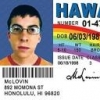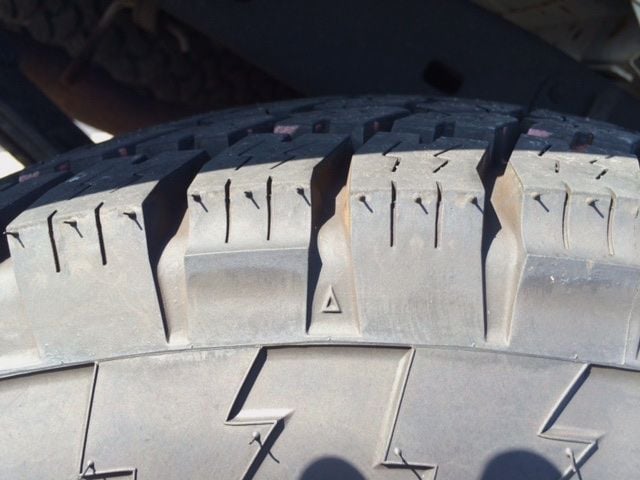Trying to explain it a little better... I guess It's not so much a blue ring. It is more like the first 10% of the tire surface near the outer shoulder gets hotter and discolored with a blue-ish hue. The outer section near the shoulder winds up being a little more worn comparatively. here's a decent explantion with some pics.
https://motoiq.com/t...28-race-tire/3/
I aim for 31.5-32 psi hot on RRs (as Nate mentioned). Of course that assumes our tire pressure gauges are reading similarly. 
The tires feel a bit more slippery over 32.
Thanks Alberto - That article mentions that overheating the tire is the cause of bluing, which I can understand and makes sense as the oils are driven out of the tire due to heat. In my ever lasting quest to learn and dig deeper, I wonder why my newer tires that I know were run harder were not blued. Maybe I answered my own question: older tires are easier to overheat, thus the bluing on the older tires but not the new.(?)
Perhaps that could be an indicator that the tires are done and need to be replaced...?
Speaking about tire pressure, a few of my fastest laps at Sebring were when I went out on tires aired up to 36 as a starting pressure and exited over 40 lbs. I was driving extra smooth and it seems to have paid off.
![]()




 Sign In
Sign In Create Account
Create Account





 Back to top
Back to top Report
Report


















